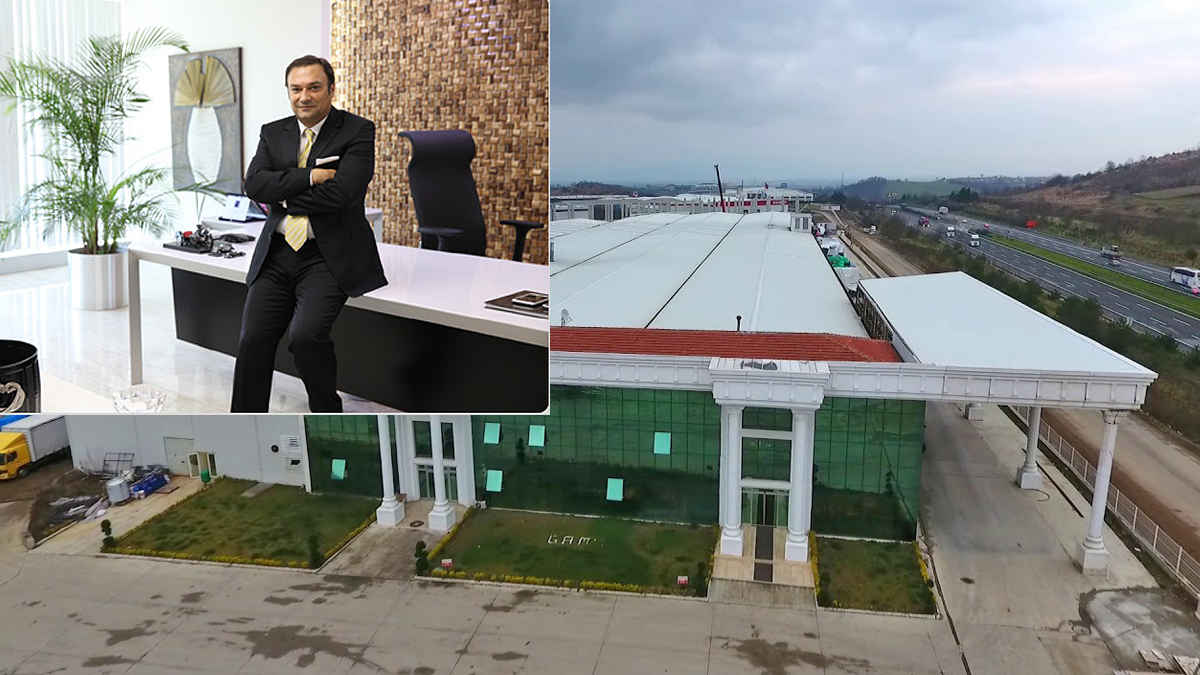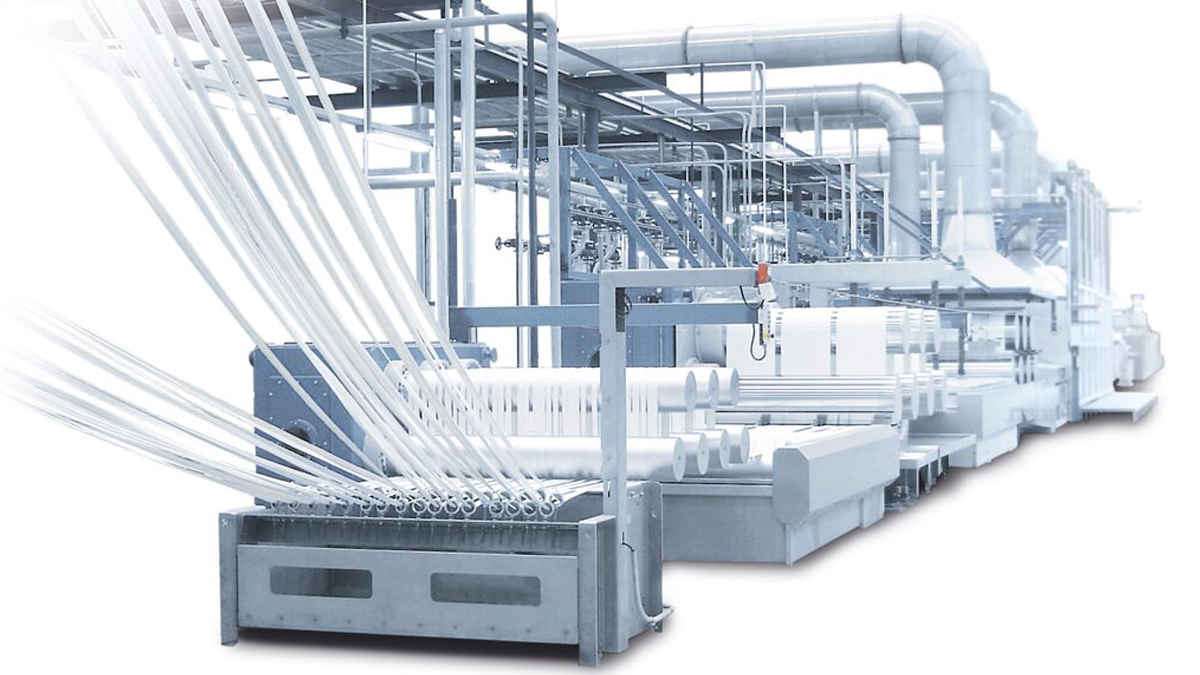Many people think that business growth and environmentalism are incompatible. However, there are examples showing this can be achieved. Gaziantep-based Gama Recycle, one of the pioneers of the recycling business, has been turning waste materials into renewed yarn and fibers for 20 years. The company is the largest recycled yarn and fiber producer in the sector, and both recycles textile products and uses R-PET bottle flakes in production. Having advanced technologies, the company plans to increase its production with a stable fiber plant from Oerlikon Neumag. Zafer Kaplan, founder of Gama Recycle, gave information about the company’s activities and investments.
Stating that they have been in the sector since 1997, Zafer Kaplan emphasized that they have been producing recycled materials from the very beginning. Kaplan; “We gained a reputation for recycling textiles, as well as some plastics, so five years ago we even changed our name to Gama Recycle”. Noting that this is a logical move, both environmentally and financially, Kaplan reminded that there is a large amount of plastic and textile products waiting to be reused. Kaplan pointed out one of the most complex aspects as the collection of all these materials.
Initially, there was no priority sensitivity for the environment
Pointing out that the production of recycled fibers and yarns was not a high priority for most people at the beginning, Zafer Kaplan said that at that time, most countries and companies were not particulary sensitive to environmental problems. Kaplan continued his words as follows; “A lot of the cutting waste from the garment or textile industry was simply thrown away as trash or sent to be incinerated. It was not valuable for them to actually take care of these leftover materials. As a result, we developed some ideas to turn these ‘unusable’ materials into regenerated fiber and yarn for several industrial use cases”.
Noting that they have 18 patents for recycled products, machines, and equipment, Kaplan disclosed that 10 more patent is currently under review. Kaplan told that today, most garment manufacturers have started to sort and sell their leftover cutting materials, instead of simply throwing them into the garbage. Kaplan explained the following about this process; “This is a huge improvement, because there were also only a few machine manufacturers on the market when we started recycling textiles, and most of the time we had to convert or modify our machines to make it suitable for recycling processes. Today, a lot of companies are focusing on recycling machines, and this has helped encourage a lot of growth in the whole industry as well”.
Gama Recycle finds resources from all over the world
Zafer Kaplan described that they recycle pre-consumer cutting or industrial waste as well as postconsumer garments, PET bottles, PET trays, and other PET-based packaging materials or consumer products. He also relayed that they have several patents for recycling previously used garments into recycled cotton and polyester fibers.
Pointing out that sourcing is the most crucial and complicated part of their work; Kaplan said that they purchase waste (their raw materials) from all over the world. Saying that they have several standards for raw materials; Kaplan noted that unfortunately sometimes this does not match up with the specification of what they actually buy.
Zafer Kaplan pointed out that recycled fibers have a great market potential. Kaplan said; “End-users are looking for environmentally friendly products, but they won’t compromise on the quality of the products they buy. This is why we prefer to use the Neumag fiber line. We are able to control the whole process in a very efficient way; with a consistently high quality of fiber as well as less production waste”.

Production requires experience and good machinery
Zafer Kaplan stated that the production of yarn and fiber from recycled materials is in most cases more profitable; but also risky and more complex than virgin materials. Emphasizing that this production requires a great deal of know-how and experience, good machinery and equipment, Kaplan said; “Otherwise, it will be a huge loss. While we do run a business, we are of course proud to do our part for sustainability and the environment; by extending natural resources for future generations”.
Expressing that they have developed a new patented fiber called CUPROCEL from rPET polymer; Zafer Kaplan explained the features of the product as follows; “Its touch, drape, stretch, recovery, etc., is not comparable to any other synthetic fiber. It is almost like cellulosic fibers such as modal or lyocell. We sell it as a fabric which is created with recycling processes. We even offer to buy cutting waste from our customers, as well as post-consumer garments. That is how we take sustainability into consideration. We believe this will help other people to follow suit”.
Kaplan stated that they aim to reach a daily capacity of 300 tons of PET flake; in the next five years. Kaplan concluded his words as follows; “This will allow us, on a daily basis, to make 200 tons of recycled polyester fibers; and 100 tons of PET chips for filament yarn and bottle-to- bottle (food-grade) applications. This is a great opportunity to have the Neumag line. With its impressive technology and capability, we will be able to achieve our goals more easily”.


